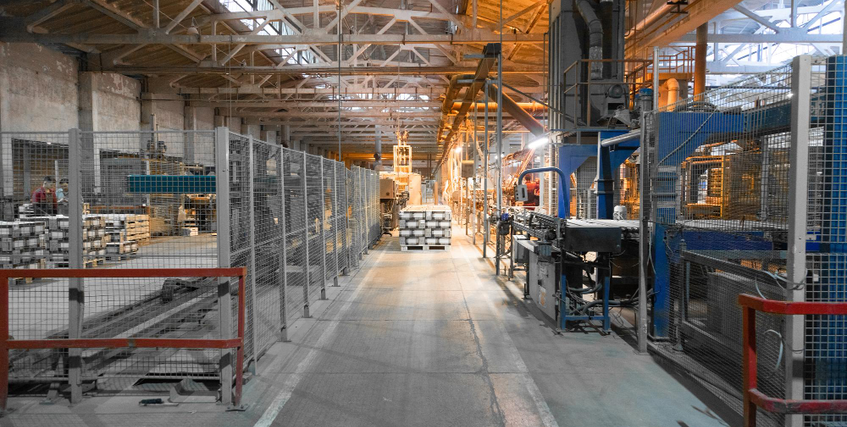Phone : +49 2233 71 39 084
E-Mail : [email protected]
How to Deal with Raw Material Scarcity?

The shortage of raw materials due to international and regional crises in recent months shows once again how dependent we are on valuable resources: delays, skyrocketing costs, falling returns and, above all, individual components need to be completely redesigned and made from alternative materials. It's not about perceived dependencies being one-sided. All companies can make a significant contribution to the availability and supply of reliable materials at the structural and organizational level. We used the example of steel as the raw material to show how this works.
Raw material polish
First the global health crisis, now the conflict between Russia and Ukraine. All possible impacts affect the supply and demand of raw materials, with real (inevitable) and false (manufactured) consequences. According to Wirtschaftsdienst, the HWWI raw material price index 2020 decreased by 20% in the first quarter and by 49% in the second quarter compared to the previous year. The index shows price volatility for 31 main industrial commodities and price volatility for the energy, food and beverage sectors. The main reason for this price drop at that time was supply chain disruption caused by travel and shipping restrictions. Global economic activity slowed in these months, while demand for crude oil fell sharply. According to Statista [as of March 1, 2022], crude oil prices rose from about $41.47 per barrel for OPEC crude in 2020 to about $89.8 in 2022. There are several reasons for the shortage in the oil market. For example, coronavirus measures and more generous consumer behavior in the wake of the austerity period now unfolding in Ukraine. Here too there are not only real shortages of raw materials, but also fake bottlenecks. Because financial markets predict and price this mostly for psychological reasons.
Between 2020 and 2021, the price of steel as a raw material also followed a fluctuating course. The price of a tonne of non-alloy structural steel (E295) was still around 500 euros in July 2020, jumped to 1,718 euros in July 2021 and has been fixed at 1,461 euros to date. The result of the resulting shortage of raw materials was the diversion of usual supply chains in logistics, tense situations due to the availability of shipping space, and impacts on production capacities in many industrial companies.
Tips for dealing with shortages of raw materials
Tip 1: Recycle!
Steel is a material that is cleanly produced and can be recycled repeatedly without loss, and therefore corresponds to the principle of sustainability and social responsibility like almost no other material. (NFM RECYCLING LINK)
Tip 2: Buy raw materials locally!
The demand for proximity is increasing in many areas. It is a compelling advantage not only to shorten the supply chain, but also to support the local steel industry's positive action towards green steel. By focusing more on local market supply, we not only maintain good relations with local markets, but also benefit from fast and direct supply routes even when raw materials are scarce from a global perspective.
Tip 3: Consider process integration when looking for a solution.
Steel parts can sometimes integrate more functions than alternative processes into a single production step, avoiding shortages of raw materials both internally and externally. Material availability can also be determined using process-integrated solutions. When calculated on a large volume basis, even small savings in components have a large impact on material requirements or rejects.
Tip 4 Build good partnerships!
We take maintaining our relationships with our suppliers and partners very seriously. For example, together we support CO2 conversion and resource conservation.
Loyalty and mutual support are especially important in times of crisis, so develop a good partnership for mutual benefit as it will always pay off in the long run.
Result: Sustainable management of raw material shortage pays off
Steel does not grow on wood, but it is a planable raw material. Prerequisites for this include local references, a global needs analysis and process-integrated solution finding. Even with scarce raw materials such as crude oil, wood and plastic, this sustainable approach pays off in the long run. Also check out our article on 10 Tips for More Sustainability in Daily Life. (Link to be added) Don't let your business activities be determined by the lack of raw materials, instead set the route for a stable supply of raw materials independent of external influences as much as possible.
